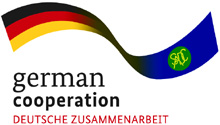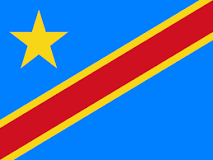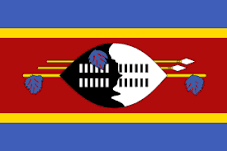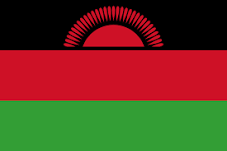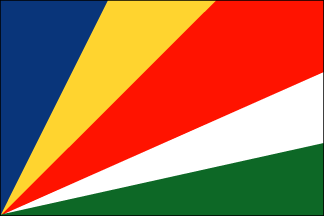George Washington University Students Visit Key Maize Research Center in Malawi-Southern Africa
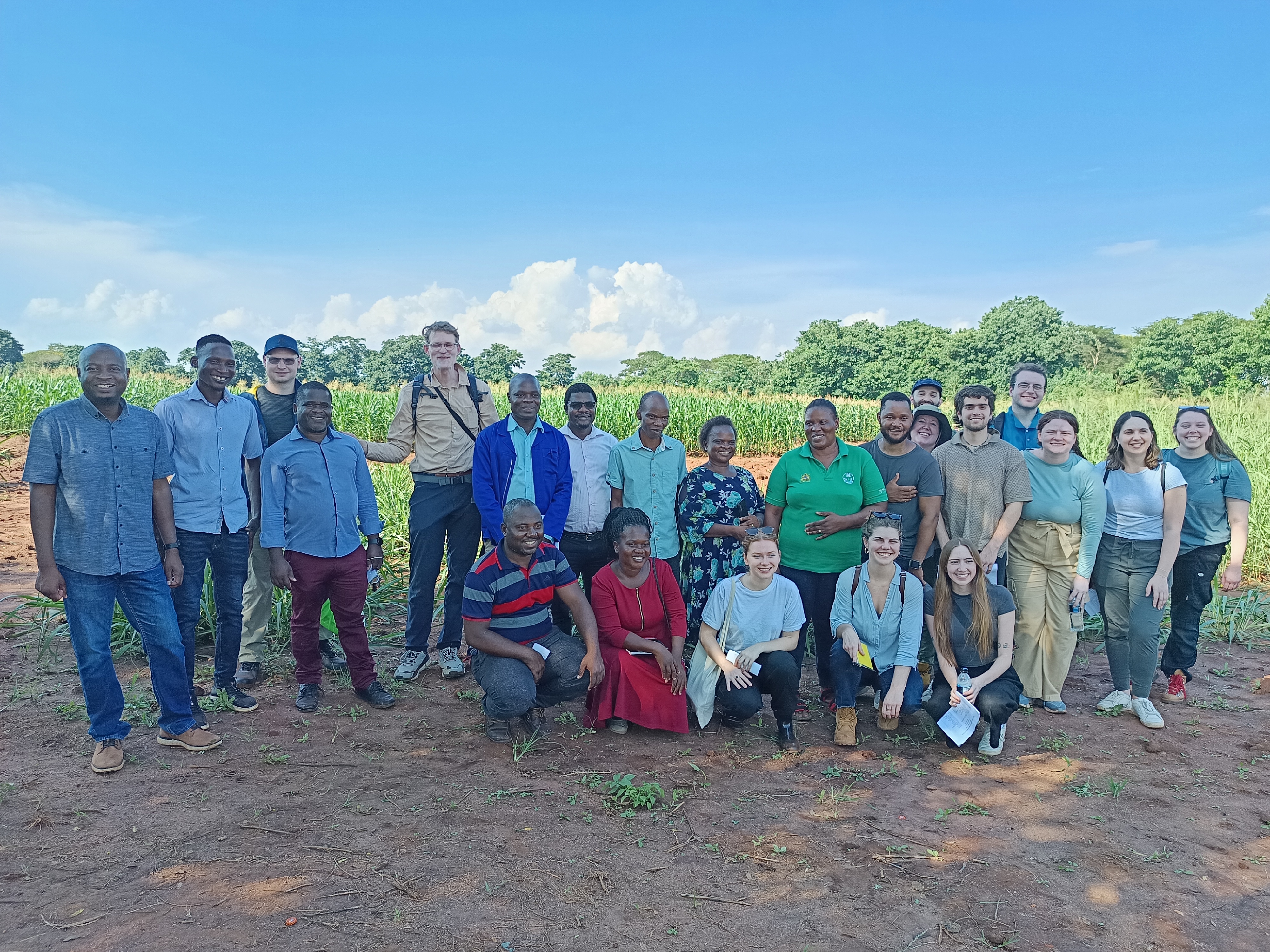

Dr. Samuel T. Ledermann, an Assistant Professor and the visionary Director of Global Capstone at the Elliot School of International Affairs, guided this assembly of young minds. The Station Manager, Dr. Lawrent Pungulani, appreciated the initiative as impactful. It provided a learning platform where scientific players from different perspectives exchanged knowledge and experiences on handling Agriculture and Rural Development initiatives. It was an arena where the tapestry of agricultural research was unfurled, revealing how its themes are intricately woven in response to farmers' pressing needs. DARS also shared with the students how the research agenda is defined.
All in all, farmers' and industry-centered innovation is the heart of DARS. The students also appreciated the advancement in using Nano inorganic fertilizers, which the Soils and Agricultural Engineering team explained. They also saw various maize-legume intercropping systems, where maize was systematically intercropped with beans or cowpeas in conservation agricultural practices and normal tillage practices.
They also appreciated the quality control mechanisms the Seed Services Unit implemented to ensure the quality of seeds in farmers' hands. Additionally, they had a feel for various newly released crop varieties, including the novel vegetable soybean, chickpea (locally called chana), peanut (groundnuts), maize, and heat-tolerant wheat varieties.
Cindy Weinman, one of the students, explained the distinct features of green versus black-grained vegetable soybeans. She further shared her experience with the performance of the two. She also gave details of the taste and yumminess of the two categories of vegetable soybeans.
Another student, Nick Smaldone, questioned the contradiction and balance of promoting improved released agricultural technologies while the Gene Bank was promoting the conservation of indigenous crops. It was clarified that the two have a symbiotic relationship, where local cultivars are input to the research system as they meet the locals' tastes and desires. In contrast, the improved cultivars suffice other demands of their lives.
Finally, the George Washington team and the IITA representative appreciated the commitment of DARS scientists to escape their busy schedules to attend this courtesy call. The Station Manager, Dr. Pungulani, also called for continued collaboration and creating opportunities for DARS scientists to be trained at George Washington University.
The author is a Social Scientist of the Technology Transfer Unit (TTU) of DARS and also a CCARDESA Information, Communication & Knowledge Management Focal point person for Malawi.











